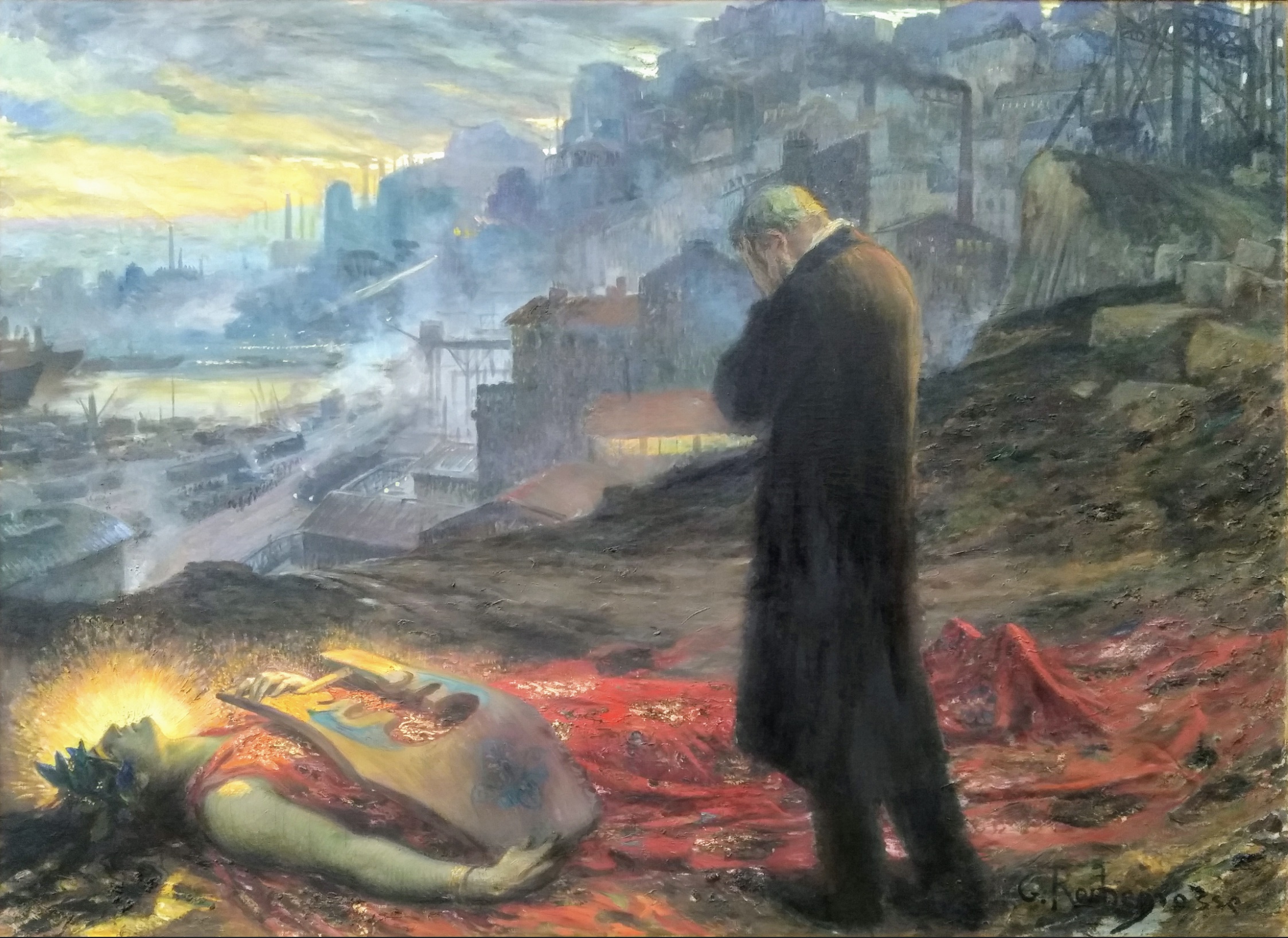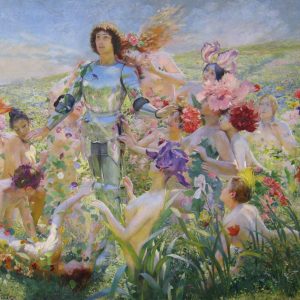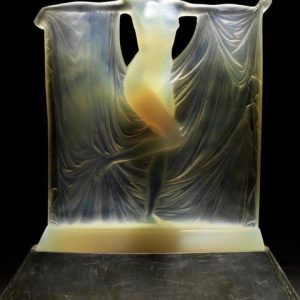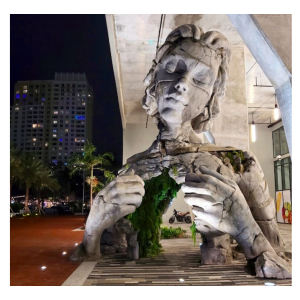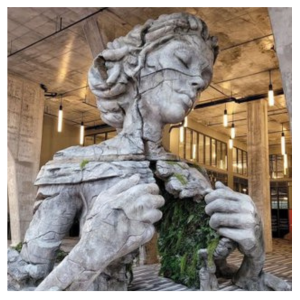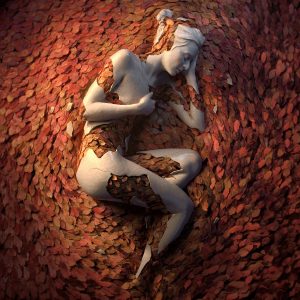Georges-Antoine Rochegrosse’s 1914 oil on canvas painting, “La Mort De La Pourpre”, is a prime example of symbolist painting. Located in Nantes’ fine arts museum, this piece is renowned for its fantastically vivid color palette and compelling symbolism. The painting depicts a young woman wearing an elegant purple dress, her head bowed as she lies among a field of flowers, presumably dead. Her skin has turned to an ashy gray hue and her eyes are closed, signifying her death. To the left of the woman stands a figure with their face hidden by a cloth which appears to be mourning for the deceased woman. The backdrop features a mountainous landscape with trees that provide a contrast to the mostly flat terrain surrounding the figure.
The title of the painting is derived from the color of the dress worn by the woman whose death it portrays: purple. This color was associated with royalty during Ancient Roman times, so in addition to being symbolic of mortality, this work also conveys a sense of power and aristocracy. Additionally significant is that purple was historically obtained through harvesting Murex snails, which only lived near certain areas of the Mediterranean Sea. This suggests that in addition to representing mortality, this work may also represent nostalgia for distant and forgotten places or people as well as an appreciation for natural beauty.
Overall, “La Mort De La Pourpre” is a stunning work that conveys powerful themes through its vivid colors and imaginative symbolism. Not only does it represent mortality but also speaks to nostalgia and appreciation for nature – all topics Rochegrosse masterfully conveys through his artistry.

